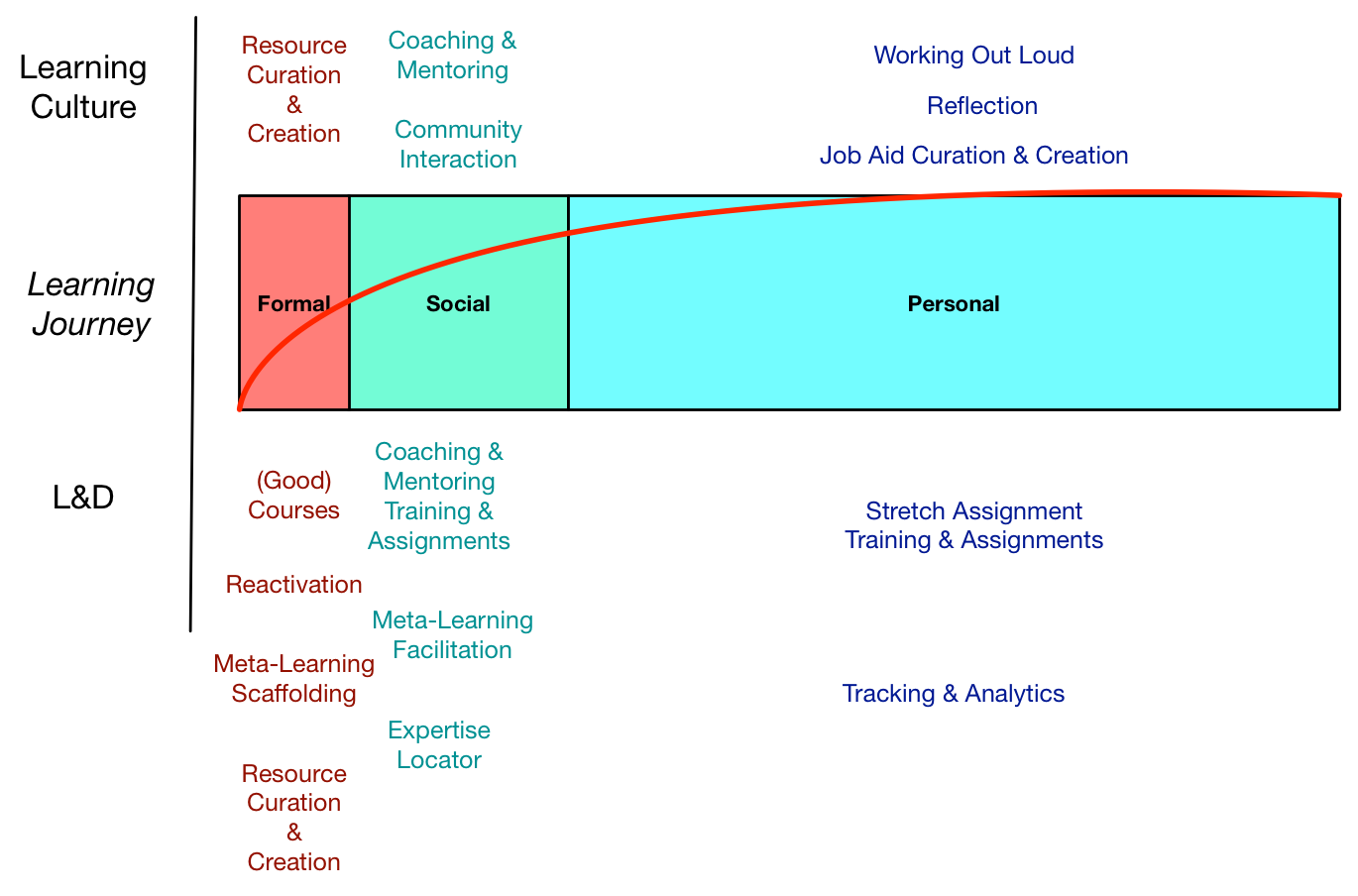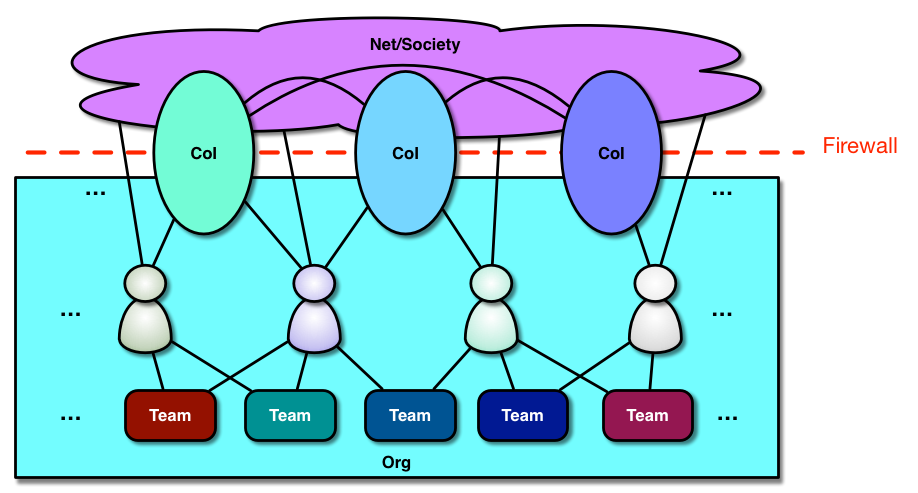Sparked by the sight of a post about ‘social training’, I jokingly asked my ITA colleagues whether they could train me to be social. And, of course, they’ve posted about it. And it made me think a little bit more too.
Jane talks about being asked “how you make people learn socially”, and mentions that you can’t force people to be social. That’s the point, you can’t make people engage. Particularly if it’s not safe to share. She goes on and says it’s got to be “relevant, purposeful and appealing”, and what you do is provide the environment and conditions.
Harold riffs off of Jane’s post, and points out that shifting an organization to a more social way of working takes management’s commitment and work from both above and below. He lists a number of activities he’s engaged in to try to develop success in several initiatives. His point being that it’s not just org change, you need to adopt a new mindset about responsibility and work towards an effective culture.
I’ve talked in the past about the environmental elements and the skills required. There are multiple areas that can be addressed, but it’s not to make people learn socially. You need the right culture, the technology infrastructure, meaningful work, and the skills. And these aren’t independent, but intrinsically interlinked.
You likely need to start small, working outward. You need to start with meaningful work, make sure that it’s safe to work together, develop the ability to use social tools to accomplish the work, and develop the skills about working together. Don’t take those for granted! Then, you can lather-rinse-repeat (don’t get me started on the impact of that last word), spreading both to other work projects and up to community.
You’ll want to be strategic about the choice of tools, and the message. It’s not about the tools, and there are replacements for every tool, it’s about the functions they serve. While you want to use the software already in play, you also want to not lock their abilities to one suite of tools in case you want to switch.
And, of course, you need to facilitate the interactions as well. Help people ask for help, and to offer help, and about how to provide feedback, and…
As well, you need to manage the messaging around it. Help people see the upsides, help support the transition (both with plans to address the expected problems and a team ready to work on any unexpected ones), etc. It is organizational change, but it’s also culture change. It takes a plan to scale up.
So, joking aside, it’s not about social training (though learning can be social), but instead about creating a learning organization that brings out the best outcomes from and for the employees. As another discussion posited, you don’t get the best customer experience unless you have a good employee experience. So, are you creating the best?

